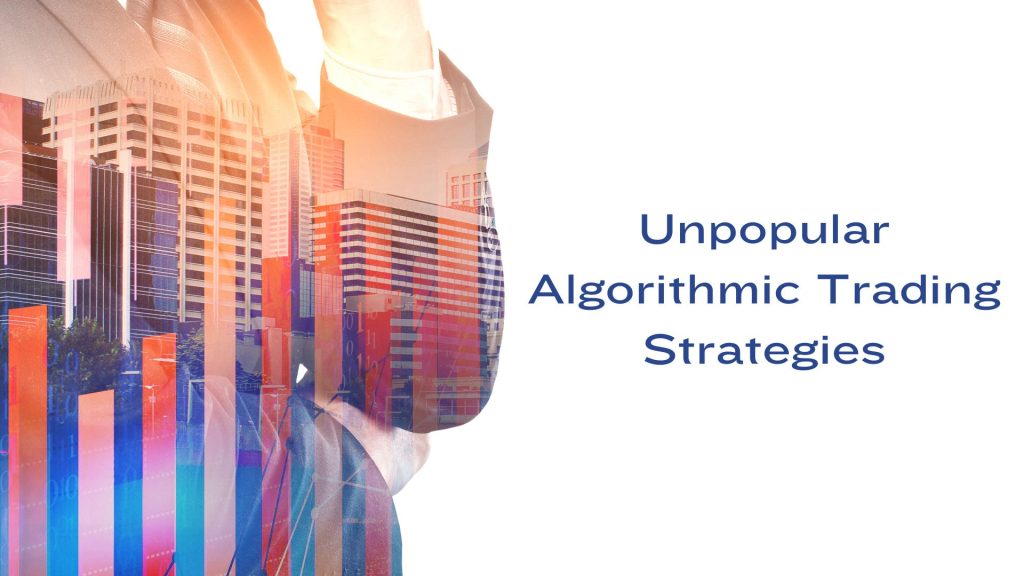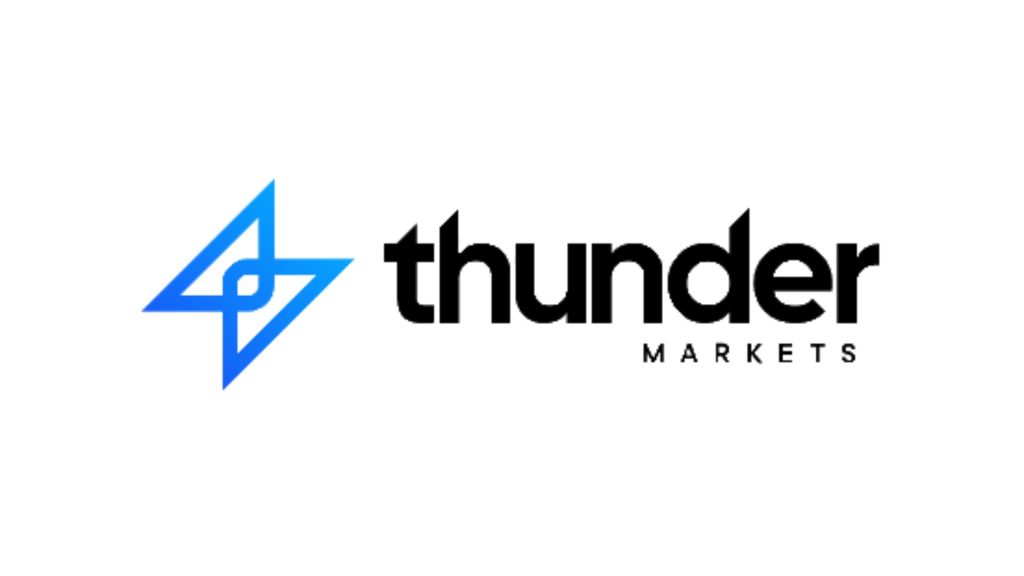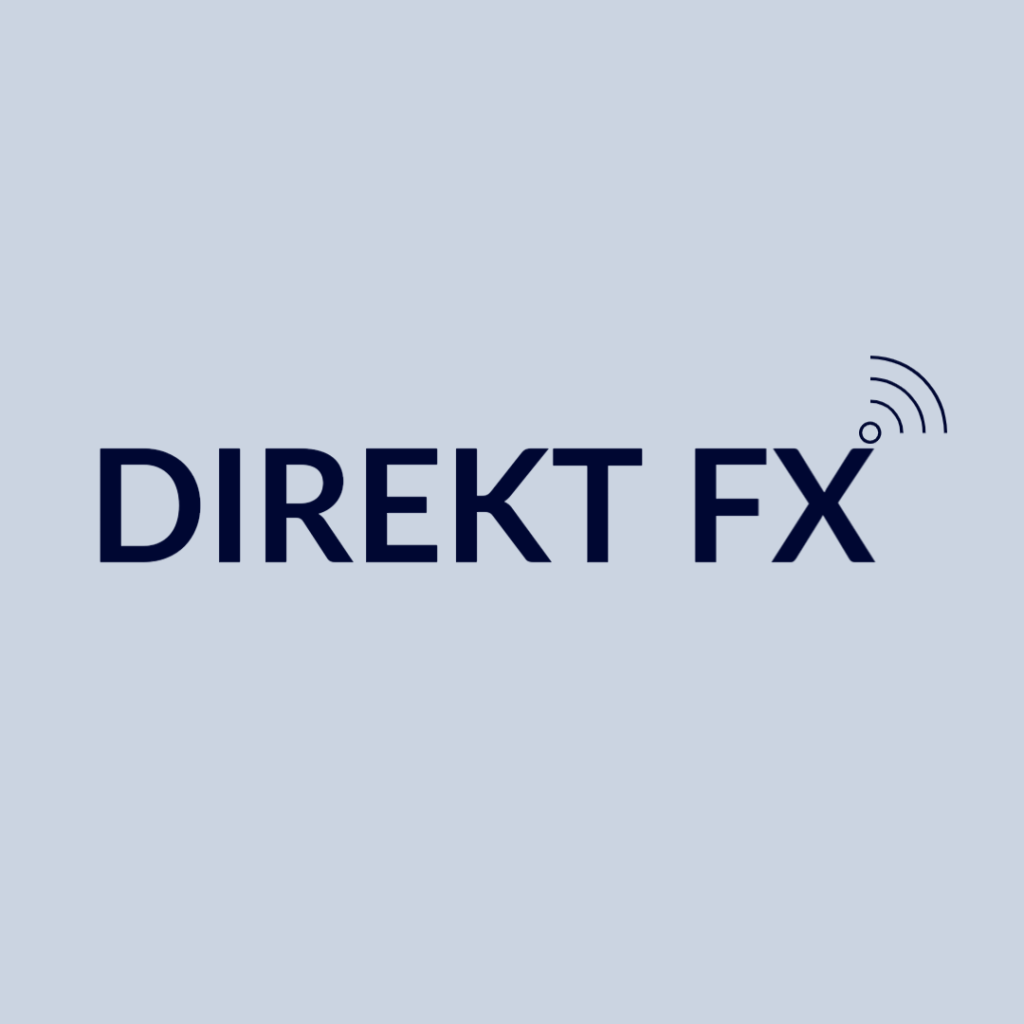
Unpopular Algorithmic Trading Strategies to Up Your Trading Game
Algorithmic trading uses computer algorithms to execute trades based on pre-defined criteria and strategies. It requires no human intervention. It uses mathematical models and historical data to make trading decisions rapidly and frequently.
Algorithmic trading increases trading efficiency, reduces costs, and improves liquidity. In the U.S., algorithmic strategies drive a major part of the stock market trading volume.
Unpopular Algorithmic Trading Strategies
Here are some of the most popular trading strategies:
Trend Following Strategies
Trend-following strategies generate profits by engaging in long positions in rising markets and short positions in declining markets. The strategy is predicated on the belief that prices moving strongly in one direction will continue to move in that direction.
Common tools include moving averages to smooth out price data and provide a clear market trend direction. Here, the MACD is used for identifying changes in momentum. The RSI helps determine overbought or oversold conditions, showing potential reversal points.
Join a global network of professionals and find the ideal liquidity partners now!
Mean Reversion Strategies
This strategy believes that high and low prices are temporary and that a price will tend to revert to its average value over time. It is effective in range-bound or sideways markets.
Implementation involves calculating the historical average price of an asset and trading when prices deviate significantly, expecting a return to the mean. The key risk involves structural market changes where historical averages no longer apply, requiring constant recalibration of the mean based on recent data.
Machine Learning-Based Strategies
Machine learning allows analysis of massive data quantities to identify patterns that would be invisible to human traders. It is ideal for evolving markets.
Examples include support vector machines for classification tasks and recurrent neural networks for capturing market time-series data. These models are trained on historical data but need continuous refinement to effectively adjust to new market conditions.
Statistical Arbitrage
This strategy uses statistical models to exploit brief inefficiencies in the market between a pair or group of securities. Due to the complex mathematical and computational techniques required, hedge funds and proprietary trading firms often use it.
Algorithms continuously monitor price relationships and execute trades when misalignments occur. These strategies are often highly leveraged and require precise execution to manage potential losses.
Volatility Trading Strategies
Volatility trading strategies profit from the changes in market price fluctuations rather than the direction of prices. Traders use high volatility to capture significant price moves in short periods.
Traders often use options and derivatives like volatility indexes to measure market fear and greed. They implement strategies such as straddles or strangles to benefit regardless of market direction.
High-Frequency Trading (HFT)
High-frequency trading involves executing thousands of orders at extreme speeds using powerful computers and algorithms. It relies on tiny price discrepancies to exploit for profits before markets can adjust.
HFT requires ultra-low latency networks and sophisticated algorithms capable of making split-second decisions.
Index Fund Rebalancing
Index fund rebalancing ensures the portfolio’s asset allocation aligns with the intended investment strategy. It adjusts the portfolio to match the benchmark indices it tracks, buying underweighted and selling overweighted assets to maintain balance.
It uses real-time data to detect deviations and execute trades that realign the fund with its benchmark, minimizing tracking error and maintaining expected risk-return profiles.
Wrapping Up
Algorithmic trading offers numerous benefits, such as increased efficiency, reduced costs, and improved execution speeds. More sophisticated AI-driven algorithms will make algorithmic trading more efficient and secure.
Connect us now to make your business more visible!
Follow us on LinkedIn to get daily financial updates!





